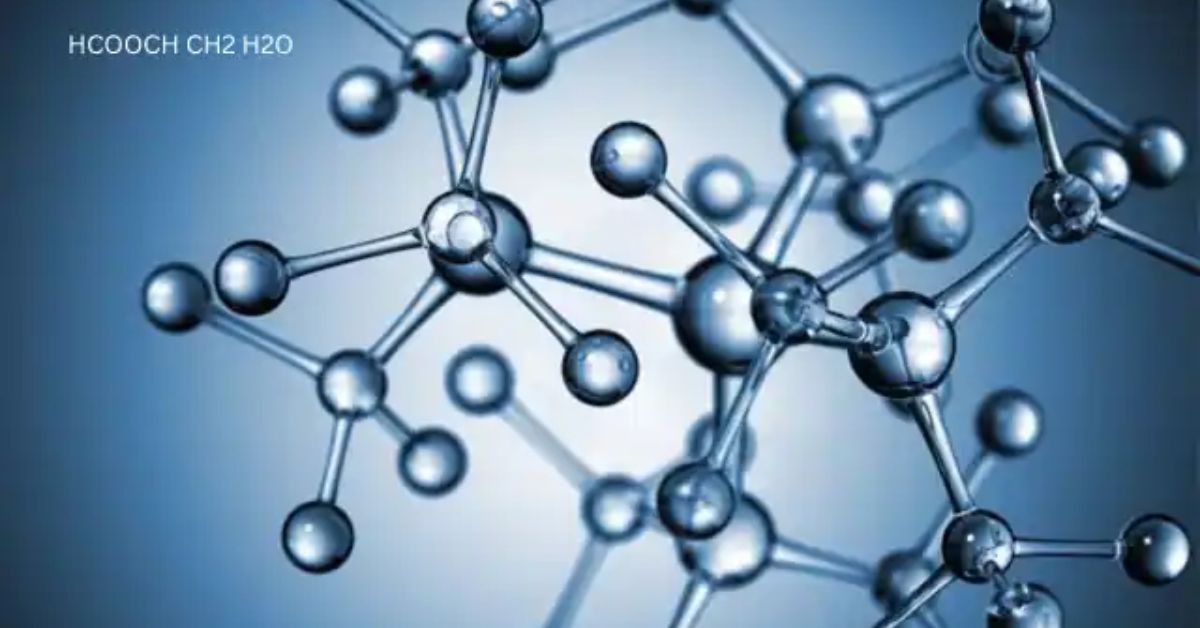In recent years, Testosterone Replacement Therapy (TRT) has gained popularity as a treatment for various health conditions. While TRT can offer numerous benefits, it’s crucial to be aware of its potential side effects. In this article, we will delve into the world of TRT and discuss what you need to know about its potential side effects.
What is TRT?
Testosterone Replacement Therapy, or TRT, is a medical treatment aimed at increasing testosterone levels in individuals who have a deficiency. This therapy is often prescribed to address conditions such as hypogonadism, where the body fails to produce sufficient testosterone naturally.
How Does TRT Work?
Testosterone Replacement Therapy (TRT) can be given in different ways, like injections, gels, patches, or implants. These options help the body get more testosterone when it doesn’t make enough on its own. The main aim is to bring testosterone levels back to normal for better health.
The Benefits of TRT
Improved Energy Levels
One of the primary benefits of TRT is increased energy levels. Many individuals report feeling more energetic and less fatigued after undergoing TRT.
Enhanced Muscle Mass
TRT can help individuals build and maintain muscle mass, making it popular among bodybuilders and athletes.
Improved Mood and Mental Health
Some patients experience improved mood and mental health as a result of TRT. It can help alleviate symptoms of depression and anxiety.
Potential Side Effects of TRT
Acne
One common side effect of TRT is the development of acne. This is due to the increase in sebum production triggered by elevated testosterone levels.
Mood Swings
While TRT can improve mood for some, it can also lead to mood swings or irritability in others. Balancing hormone levels is a delicate process.
Cardiovascular Risks
There is ongoing debate regarding the cardiovascular risks associated with TRT. Some studies suggest an increased risk of heart issues, so it’s essential to consult with a healthcare professional.
Hair Loss
For individuals genetically predisposed to male pattern baldness, TRT may accelerate hair loss.
Managing TRT Side Effects
Regular Monitoring
To minimize side effects, individuals undergoing TRT should be closely monitored by a healthcare provider. Adjustments to the treatment plan can be made as needed.
Proper Dosage
Ensuring that the prescribed dosage is accurate is crucial. Too much or too little testosterone can lead to adverse effects.
Lifestyle Changes
Maintaining a healthy lifestyle through diet and exercise can complement TRT and help mitigate side effects.
Conclusion
Testosterone Replacement Therapy can be a beneficial treatment for those with testosterone deficiencies. However, it’s essential to be aware of potential side effects, which can vary from person to person. Regular monitoring, proper dosage, and a healthy lifestyle can help individuals make the most of TRT while minimizing its drawbacks.
FAQs
1. Is TRT suitable for women?
TRT is primarily prescribed for men with testosterone deficiencies. It is not typically recommended for women, as it can lead to masculinizing effects.
2. How long does it take to see the effects of TRT?
The timeline for experiencing the benefits of TRT varies from person to person. Some individuals may notice improvements in energy and mood within a few weeks, while others may take several months.
3. Can TRT be stopped once started?
Yes, TRT can be discontinued, but it should be done under the guidance of a healthcare provider to avoid potential hormonal imbalances.
4. Are there natural alternatives to TRT?
Some individuals explore lifestyle changes, such as diet and exercise, to naturally boost testosterone levels before considering TRT.
5. Are there age restrictions for TRT?
TRT is typically prescribed for adults with clinically diagnosed testosterone deficiencies. It is less common for younger individuals to require TRT unless they have a medical condition that necessitates it.



















Leave a Reply
You must be logged in to post a comment.